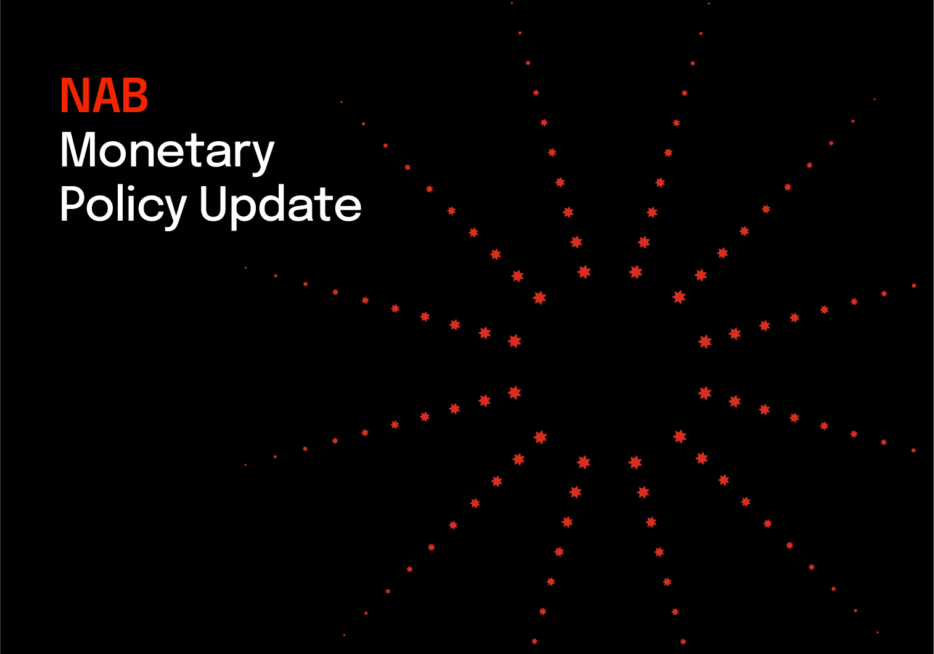RBA surprises with a hold, NAB still sees cuts in August, November and now February


Insight
China enters 2022 with relatively weak momentum and considerable uncertainty.
For further details, please see China’s economy at a glance (January 2022)
© National Australia Bank Limited. ABN 12 004 044 937 AFSL and Australian Credit Licence 230686.